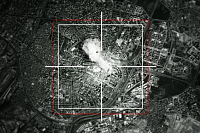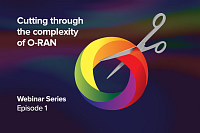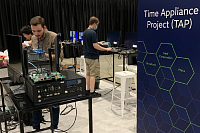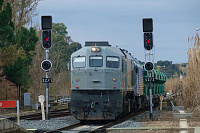The high accuracy required for fronthaul networks poses challenges for testing. For example, the maximum time error produced by a class D T-BC must be less than 10ns. This means the test equipment must be significantly more accurate still.
A second issue is that accuracy requirements on each device are approaching the limits of the measurement interfaces themselves. For Class A and B devices, the standard time measurement interface is the 50Ω 1pps interface. This is specified in G.703 as having a rise time of less than 5ns. By the time the pulse has reached the end of the cable, this can have increased significantly to 10ns or more. This skew degrades the accuracy of the interface such that it is not possible to determine the original position of the signal with any great precision.
Using PTP over optical Ethernet is more accurate, in part because it is an optical signal so not subject to the same electrical skews, but also because it is bidirectional, allowing the fibre delay to be automatically calculated. Therefore PTP over optical Ethernet is a more accurate measurement interface than the 50Ω 1pps, provided any asymmetry in the fibre delays is controlled and compensated if necessary.
The first is to test each device individually, to ensure it meets the required specification. This requires a very high accuracy tester to verify the performance of Class C and Class D T-BCs, as shown below.
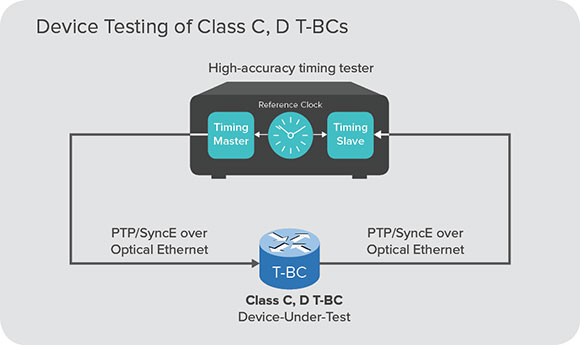
However, in the case of fronthaul devices, that may not be enough. Some operators are proposing to use FlexE for the node-to-node connections, with standard Ethernet just for the connections to the radio elements (the “client drops”). FlexE is a variant of Ethernet optimised to support the network slicing that is required in 5G networks. The support for SyncE and PTP over FlexE is still an ongoing discussion, so the best way to test this at present is to test two devices back-to-back:
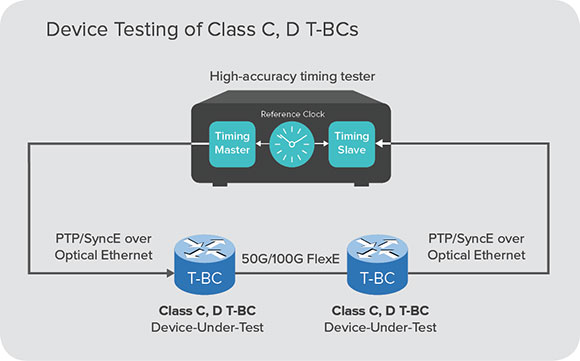
The second part is to test the network itself. In a laboratory environment, this can be done in a similar way to testing FlexE T-BCs above. The tester can be used as the PTP Grandmaster, or alternatively (as shown below), it can be synchronized to the PRTC/T-GM device. The measurement points are then either on the last T-BC (using a PTP/SyncE connection), or if available, a 1pps output from the T-TSC. This test point is almost certainly embedded in the basestation or radio element itself, so may not be available in all equipment. The use of a 1pps signal to measure on here is acceptable because the network limit (around ±130ns) is much larger than the limit on an individual T-BC.
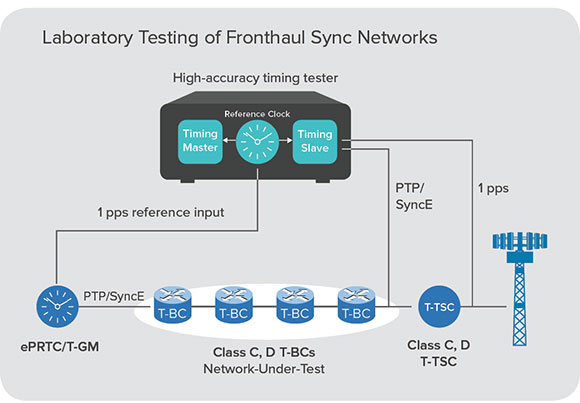
It’s clear that the synchronization requirements of 5G’s New Radio are significantly harder to meet than previous mobile radio generations. This will require a new generation of equipment to meet the requirements, and a new generation of test equipment to verify that the requirements have been met.







